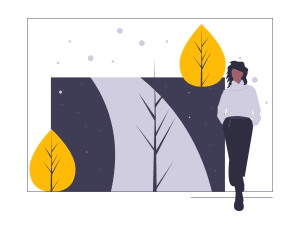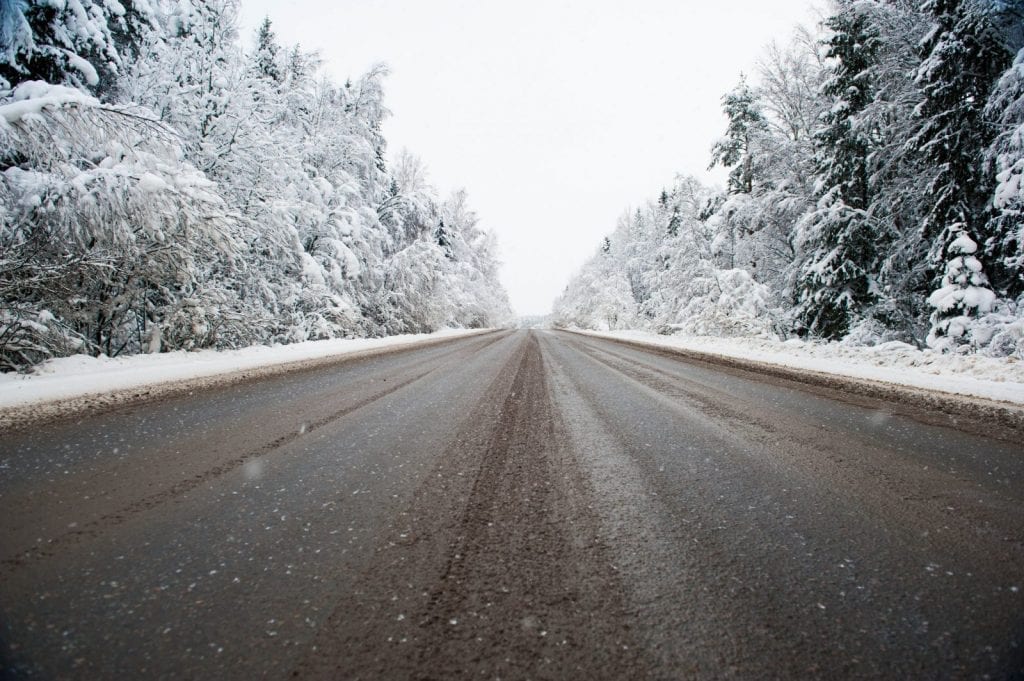When temperatures in the UK are at an all-time low, your driving style needs to change. With lots of rain, snow, ice and a bitterly cold wind, winter can be a challenging time for many drivers, even the most experienced ones! If you’re a new driver or you simply want a quick refresh on winter driving, we’ve got some tips on how you can drive safely this winter.

There are specific guidelines set out in the Highway Code relating to winter driving which should be adhered to at all times. From clearing your windows and windscreen before you set off to staying well back from cars in front of you, these rules are in place to help keep you, your passengers and other road users safe. The guide below looks at how you can drive safely in snow and ice and help reduce the risk of car accidents.
What to know before you set off driving in the winter:
- Check the local weather before you go anywhere and only drive in snow and ice if your journey is essential.
- Allow for more time on the journey and factor in the time to prepare your car and drive slowly and safely on the roads.
- Demist your windows quickly and effectively and ensure that all windows, mirrors and windscreens are free from snow and ice.
- Make sure that all lights are clean and number plates are clearly visible and legible.
- Remove all snow from the bonnet and roof or anywhere else that might fall off into the path of other road users.
- Check your tyres have adequate tread or invest in winter tyres. Find out more – easy car maintenance tips all drivers should know.
- Check your planned route is clear of delays and no further snowfalls or severe weather are predicted.
How to drive in snow and ice:
- Even if the roads have been treated, you should always drive with care and anticipate the road in front of you.
- Stopping distances can be 10x higher when driving in winter months so it’s essential that you stay well back from the vehicles in front of you.
- Move off in second gear as this can prevent wheel spin and better throttle response.
- Drive slow and steady as driving fast can cause your car to lose traction
- Avoid braking unless necessary and change down the gears to slow down instead.
- If your car starts to skid, you should gently steer into it. For example, if the rear of the car is going to the left, steer left too. Even though it feels like instinct, do not slam on the brakes or take your hands off the wheel.
- Drive at a slow speed in the highest gear possible and accelerate and brake as gently as possible.
- Use your dipped headlights in heavy snow and use your fog lights if you can’t see objects 100m in front of you.
- Every driver should have an emergency kit in their car no matter what the weather. However, a winter kit should include items such as an ice scraper and deicer, a blanket, warm clothes, high-visibility clothes, jump leads and a shovel.

Need a car for the winter?
Choose from a range of car finance packages from some of the most trusted UK lenders and get the car of your choice from any FCA-approved dealership.

